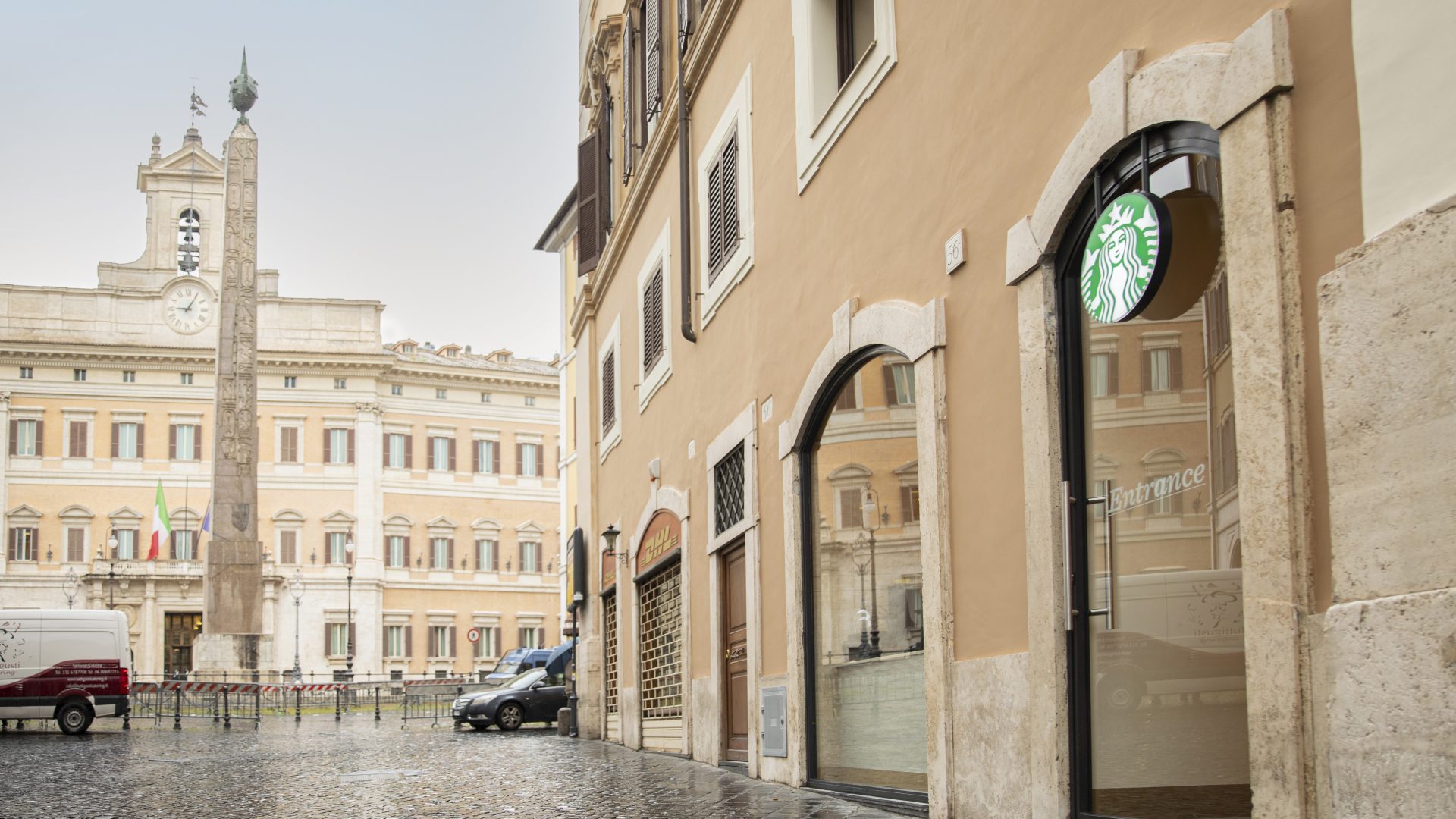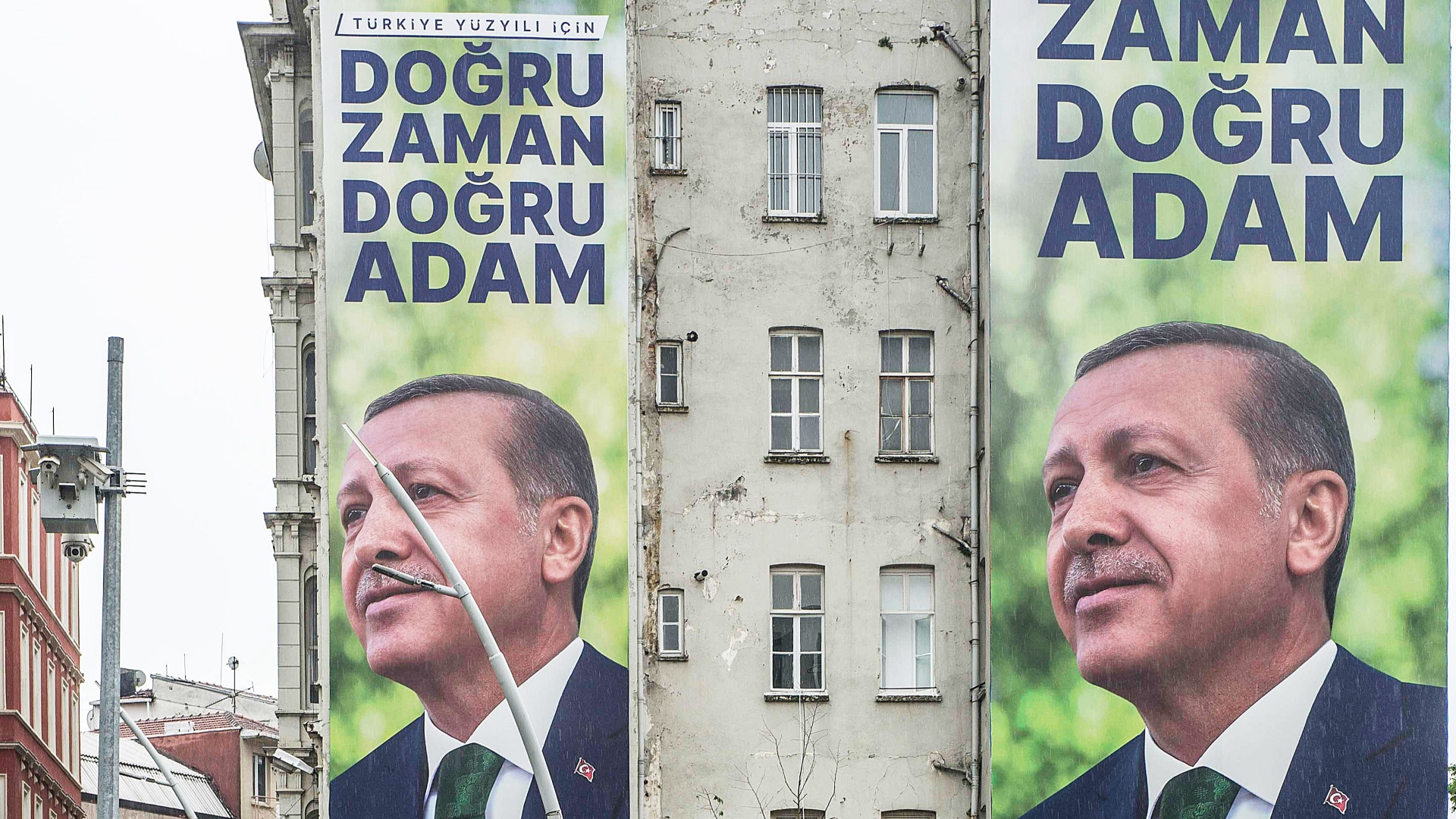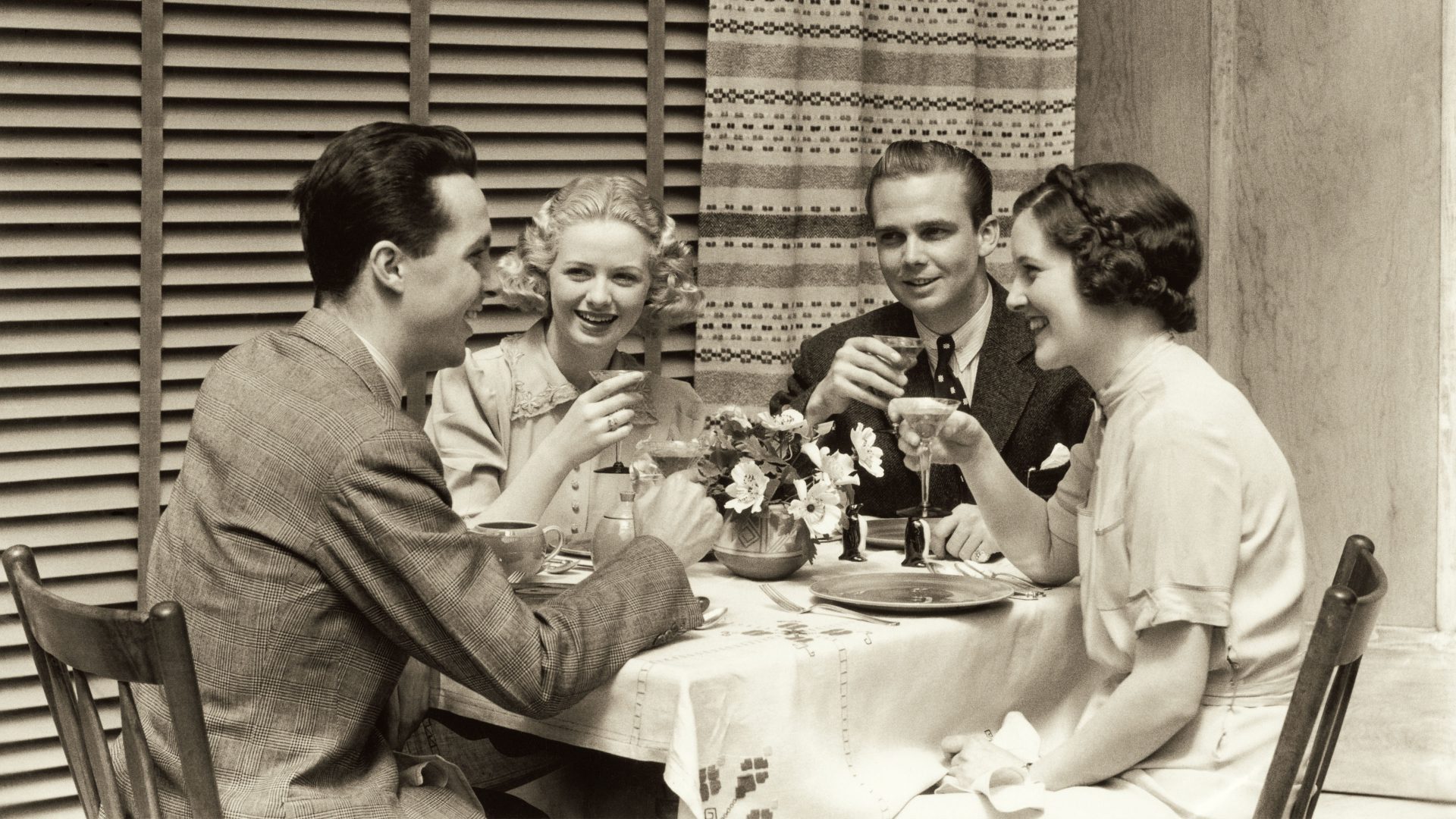At the weekend, I visited the brand new Starbucks store in Rome, curious to see the decor and the clientele. The American coffee chain has now landed in the Eternal City and plans to expand across Italy, where coffee culture rules.
This shocks me a bit, and gets me thinking about how unstoppable globalisation is. I’m worried about the fate of our coffee tradition.
Located just a few metres away from the Spanish Steps and the Italian parliament, where politicians spend more time sipping ristretto (a stronger espresso) than passing useful laws, this store is a challenge to all the tiny historical Roman bars that since time began have been serving ristretto, espresso and cappuccino at the counter to coffee-addicted citizens.
Holding a caramel frappuccino – much too sweet for me – I stared at the frescoed walls of the new Starbucks outlet, depicting typical scenes of Italian life, and marvelled at the “classical” decor of marble floors and staircases reminiscent of an ancient Roman temple.
There are a lot of teenagers, families with kids and even old ladies. Giuseppe, a high school student, tells me he likes the place. “I’ve already had two white mocha, a vanilla cappuccino and a chai tea latte,” he said. “I want to try everything new on the menu. It makes me feel American.”
A woman with a child ordered the brand-new Oleato drink made with Arabica coffee infused with extra virgin olive oil, which Italians usually put on their bruschetta.
“I just want to see what it tastes like, sounds awful but it grabbed my attention,” the woman said. Then she gulped down the first sip like someone taking medicine, with a forced smile, as if trying to convince herself it was doing her good.
Antonio and Giordano, two millennials, had come to Starbucks for brunch. They ordered muffins, banana bread and cinnamon rolls, saying they wanted to try it out.
“We came today because it’s like wearing a pair of Levi’s or Timberland shoes, it’s so American. The coffee isn’t that bad, but it’s got nothing to do with Italian espresso or cappuccino,” said Antonio.
Giordano stressed how Italians love their espresso on the run, drink-and-go. “We gulp it down standing at the bar counter, then pay and rush out. No sitting down like at Starbucks.”
Paolo, a potential customer aged about 60, came to have a look without ordering anything. He reckoned it’s all about “the power of the brand’s name”, which lures people by focusing more on the “Starbucks experience” than on the quality of the coffee.
“Diehard Italian coffee lovers are hard to satisfy. They want their espresso fast and burning hot like a tequila shot of pure adrenaline,” he said. “Here, they’re just selling you a US-style product I don’t even want to call ‘coffee’.”
When the first Starbucks branch opened in Milan a few years ago, I thought it was going to be short-lived. But I was wrong. It turned into a popular spot for get-togethers for the Milanese.
Such “non-Italian” coffees are seen as a cool novelty, but could soon become part of Romans’ daily diet, said Antonio.
I don’t quite agree with him. Milan has always been more cosmopolitan than Rome, which is still anchored to food traditions and old habits. Bringing American coffee culture down to Italy’s south might be a bit more challenging. I just can’t imagine Starbucks opening in Naples, where centuries-old artisan coffee is a staple. Paolo’s wife, Irene, who hails from Naples, said Starbucks mostly appeals to teenagers and millennials; the older generations are too fond of their traditional Roman coffee to embrace a foreign trend. “When I hear the name ‘Starbucks’, I picture those tasteless, huge watery American coffees served in paper cups with a straw,” she said.
As it goes, Italians invented a fitting name for that type of coffee: l’Americano.




